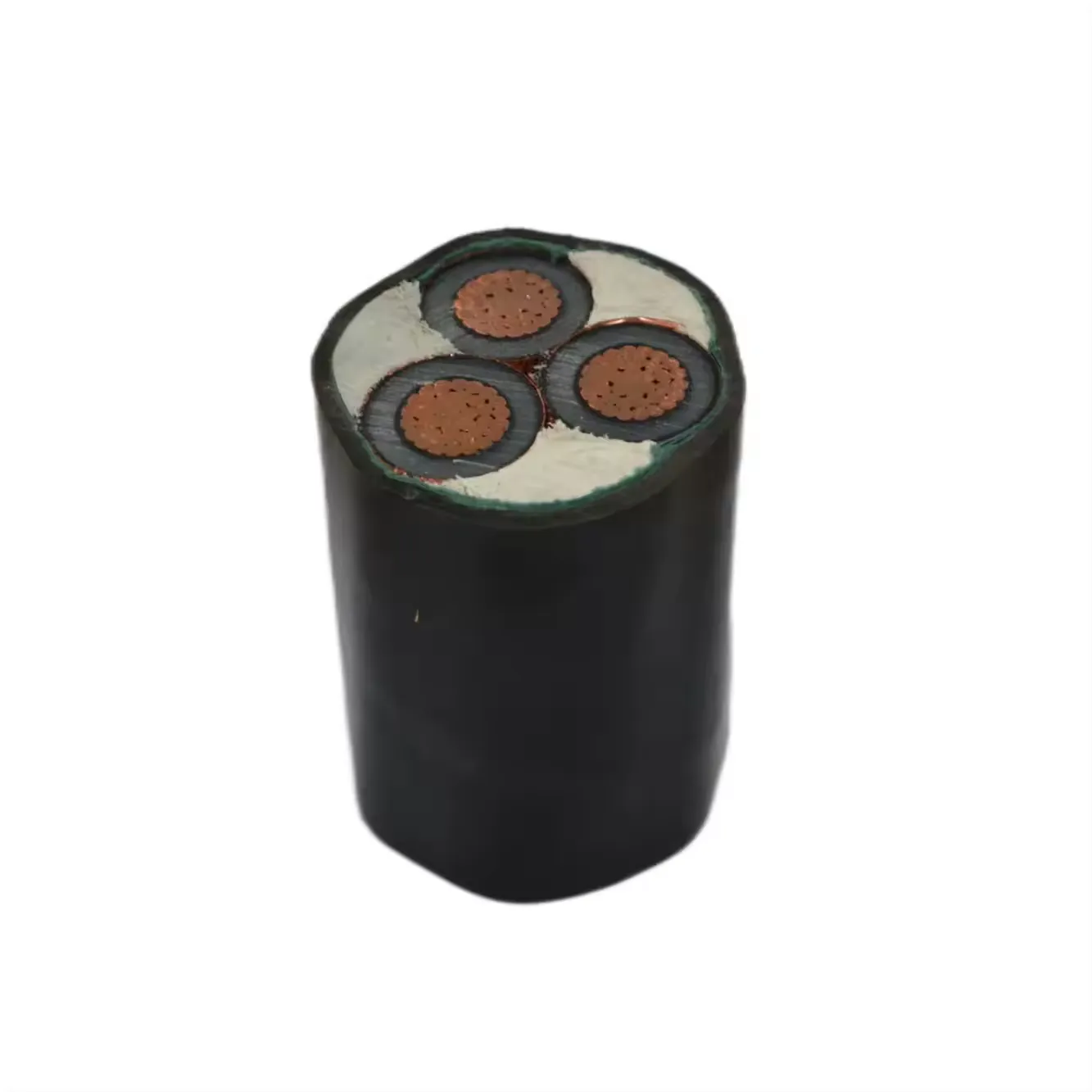Understanding Cu/XLPE/PVC Cables
Table of Contents
Introduction

Cu/XLPE/PVC cables are a type of low-voltage power cable widely used in electrical installations. The designation stands for:
- Cu: Copper conductor
- XLPE: Cross-linked polyethylene insulation
- PVC: Polyvinyl chloride outer sheath
These cables are known for their durability, thermal resistance, and suitability for various environments.
Components of Cu/XLPE/PVC Cables
Copper Conductor (Cu)
The core of the cable is made of copper, chosen for its excellent electrical conductivity and flexibility. Copper conductors can be solid or stranded, depending on the application's requirements.
Cross-linked Polyethylene Insulation (XLPE)
Surrounding the copper conductor is a layer of cross-linked polyethylene (XLPE) insulation. XLPE offers superior thermal and mechanical properties, allowing the cable to operate at higher temperatures and voltages compared to traditional insulation materials.
Polyvinyl Chloride Sheath (PVC)
The outermost layer is made of PVC, providing mechanical protection, environmental resistance, and flame retardancy. PVC sheathing safeguards the internal components from physical damage and environmental factors.
Applications
Cu/XLPE/PVC cables are versatile and used in various settings, including:
- Industrial installations for power distribution
- Urban networks and commercial buildings
- Underground and outdoor installations, suitable for direct burial or in ducts
- Fixed installations in cable ducts, tunnels, and conduits
Technical Specifications
Typical specifications for Cu/XLPE/PVC cables include:
- Voltage Rating: 0.6/1 kV
- Operating Temperature: Up to 90°C during continuous operation
- Short-Circuit Temperature: Up to 250°C for a maximum of 5 seconds
- Standards Compliance: IEC 60502-1 and BS 7889/97
- Conductor Sizes: Ranging from 1.5 mm² to 1000 mm²
Advantages
Cu/XLPE/PVC cables offer several benefits:
- High Thermal Resistance: XLPE insulation allows for higher operating temperatures.
- Mechanical Strength: The combination of XLPE and PVC provides durability and resistance to physical stress.
- Chemical and Moisture Resistance: Suitable for environments exposed to chemicals and moisture.
- Cost-Effective: Offers a balance between performance and affordability for medium-voltage applications.
- Flexibility: Copper conductors provide excellent flexibility, facilitating easier installation.
Conclusion
Cu/XLPE/PVC cables are a reliable choice for various electrical installations, offering a combination of excellent electrical properties, thermal resistance, and mechanical strength. Their compliance with international standards ensures safety and performance across multiple applications.
- Source: JianYunCable
Comments
Post a Comment